Here's how serialization of lists is defined:
instance Binary a => Binary [a] where
put l = put (length l) >> mapM_ put l
That is, first serialize the length of the list, then serialize the list itself.
In order to find out the length of the list, we need to evaluate the whole list.
But we cannot garbage-collect it, because its elements are needed for the second
part, mapM_ put l. So the whole list has to be stored in memory after the
length is evaluated and before the elements serialization starts.
Here's how the heap profile looks like:

Notice how it grows while the list is being built to compute its length, and
then decreases while the elements are serialized and can be collected by the GC.
So, how to fix this? In your example, you already know the length. So you
can write a function which takes the known length, as opposed to computing it:
import Data.Binary
import Data.ByteString.Lazy as L
import qualified Data.ByteString as B
import Data.Binary.Put
main = do
let len = 10000001 :: Int
bs = encodeWithLength len [0..len-1]
L.writeFile "test" bs
putWithLength :: Binary a => Int -> [a] -> Put
putWithLength len list =
put len >> mapM_ put list
encodeWithLength :: Binary a => Int -> [a] -> ByteString
encodeWithLength len list = runPut $ putWithLength len list
This program runs within 53k of heap space.
You can also include a safety feature into putWithLength: compute the length while serializing the list, and check with the first argument in the end. If there's a mismatch, throw an error.
Exercise: why do you still need to pass in the length to putWithLength instead of using the computed value as described above?
